In English
16 de outubro de 2017
Close to Half of Brazil’s Population Has No Sewage Treatment
In Brazil, 45% of the population does not have access to basic sanitation, which is the process that treats sewage, cleans untreated water, and then returns it to the environment. An unprecedented survey carried out by the National Water Agency (ANA) and by the National Office for Environmental Sanitation (SNSA) showed that 18% of all
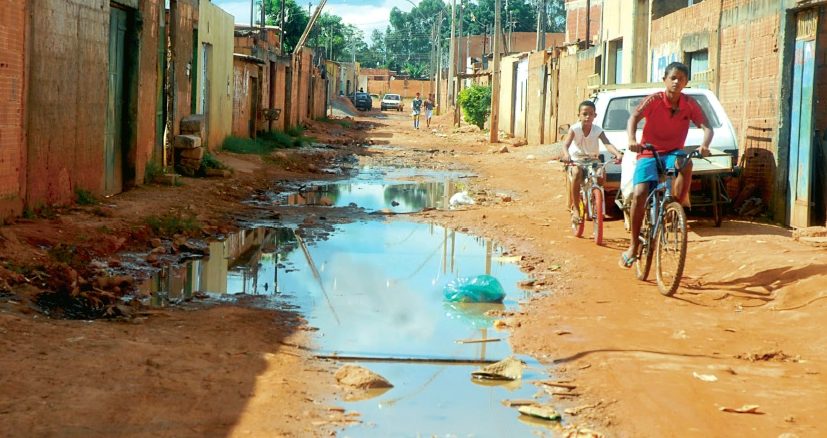

In Brazil, 45% of the population does not have access to basic sanitation, which is the process that treats sewage, cleans untreated water, and then returns it to the environment. An unprecedented survey carried out by the National Water Agency (ANA) and by the National Office for Environmental Sanitation (SNSA) showed that 18% of all Brazilians have sewage collection, but no sewage treatment, and that 27% do have sewage collection or treatment. In total, 9,1 thousand tons of sewage is generated every day in Brazil.

When sewage is not treated, the waste is harmful to the environment as well as to people’s health. That is because the sewage is often released into rivers and lakes thus jeopardizing the lives of fish and of people who rely on that water.
The rivers that are most harmed are usually those that run through cities where a significant part of the sewage from homes and factories is dumped. To help rivers come back to life, it would be crucial to invest in cleaning technology as was the case with the Thames River in England in the 1960s. By installing sewage treatment stations and using trash collection boats, the Thames River, which was one of the most polluted in the world, was brought back. Currently, the river is host to 125 living species.
Questions
– If Brazil has 207 million people, how many do not have sewage treatment at home?
– Explain how sewage relates to rivers and the water we drink.
Comentários (2)
-

Student
7 anos atrás
:)
-

Student
7 anos atrás
its so interesting

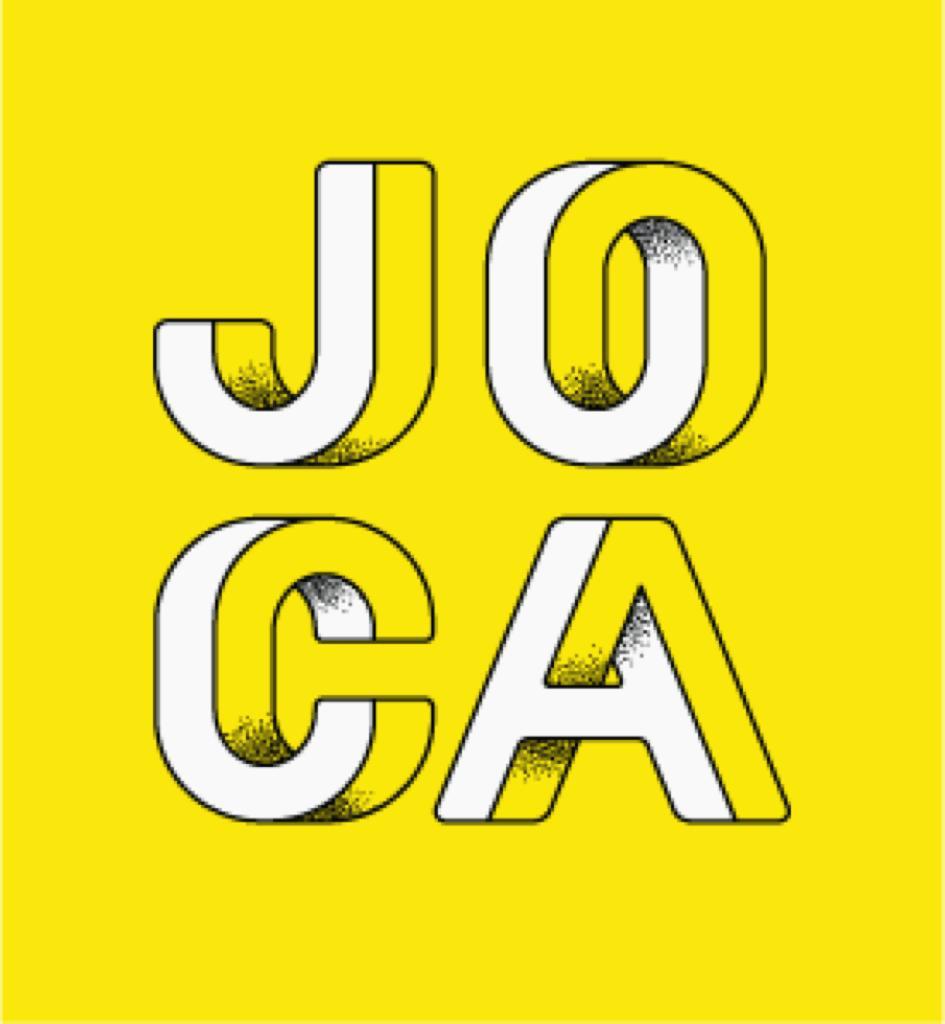





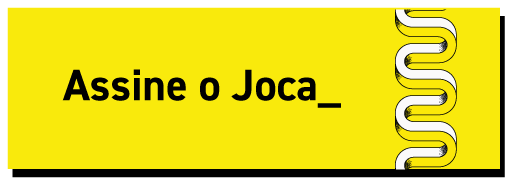
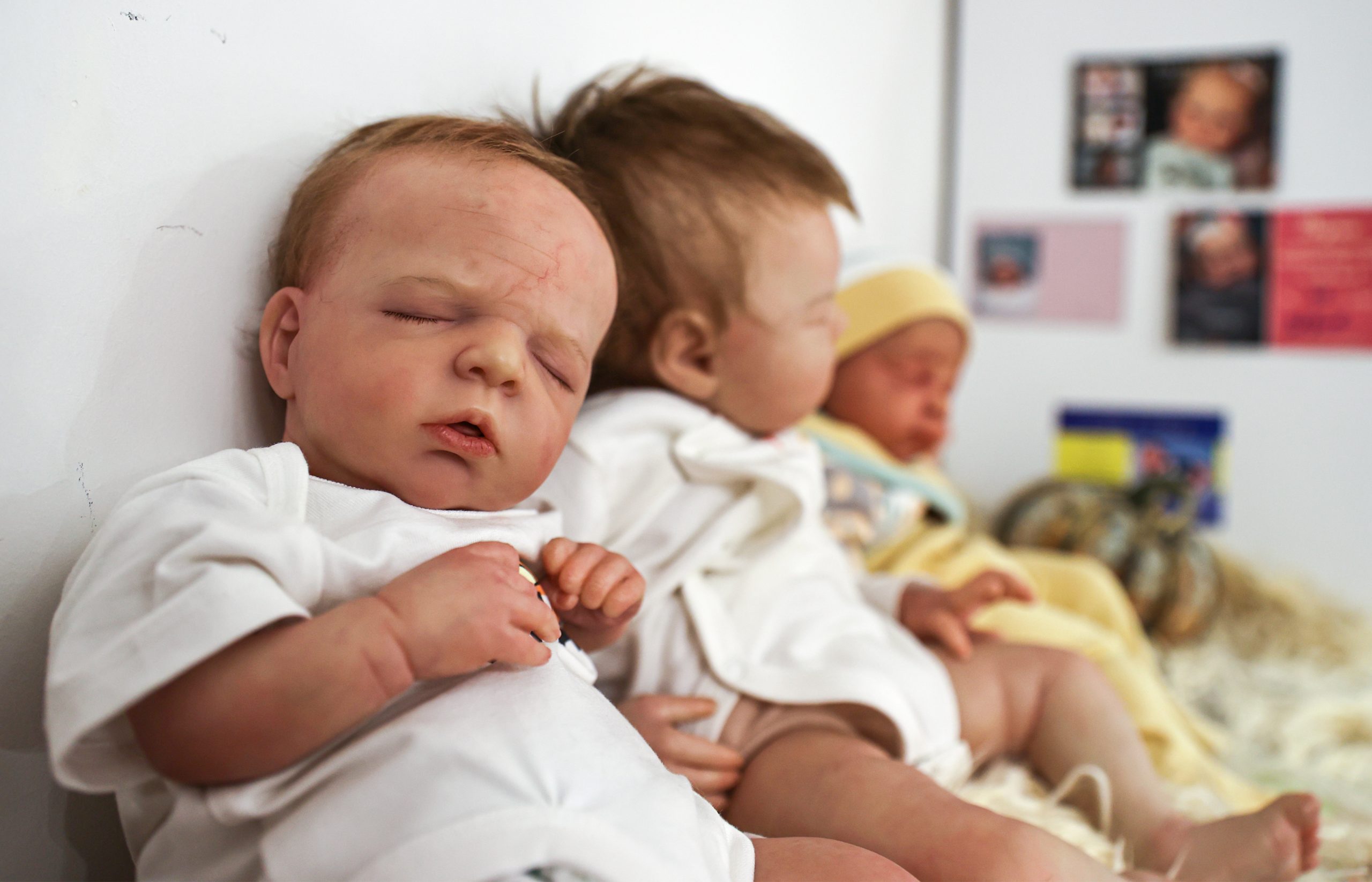
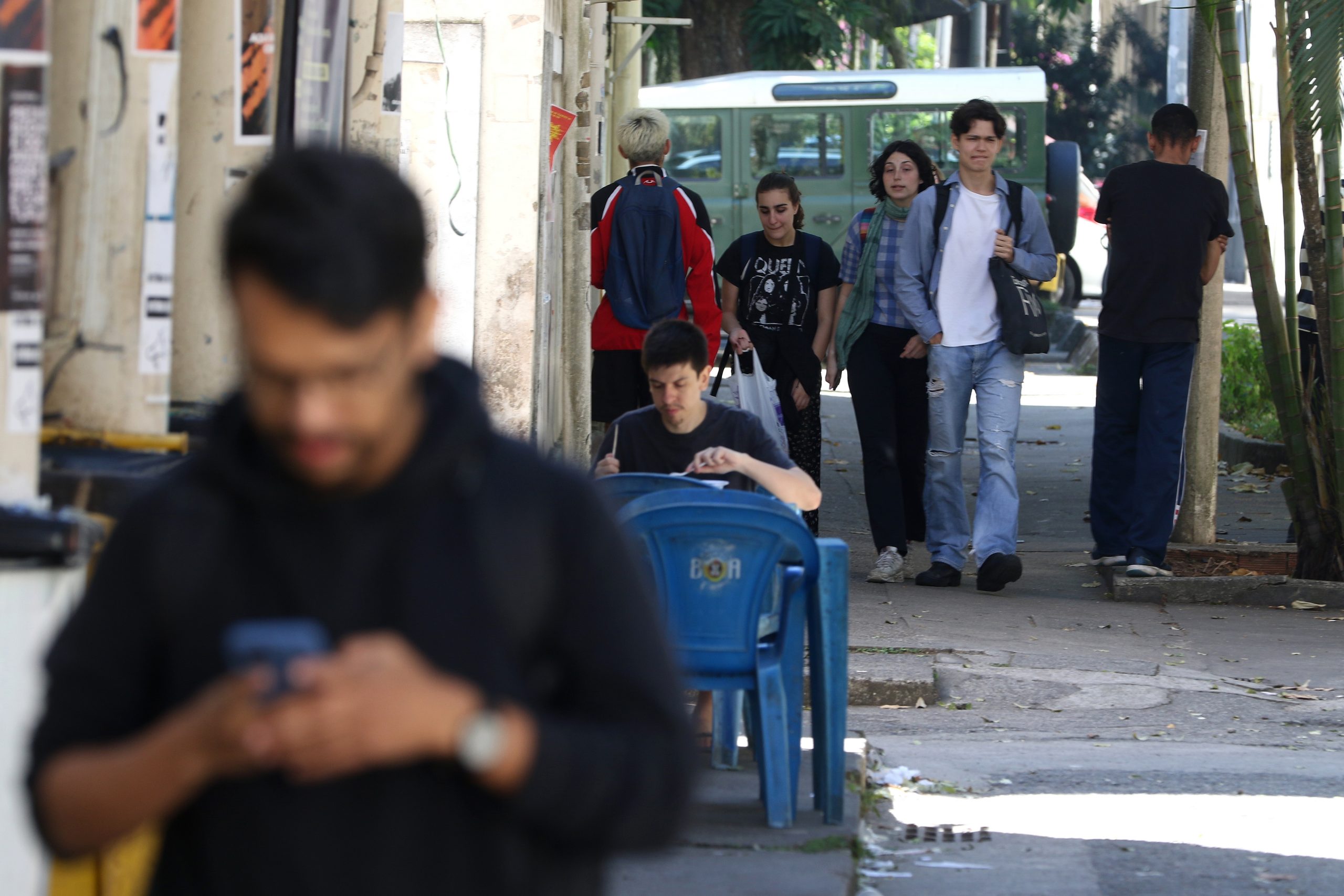
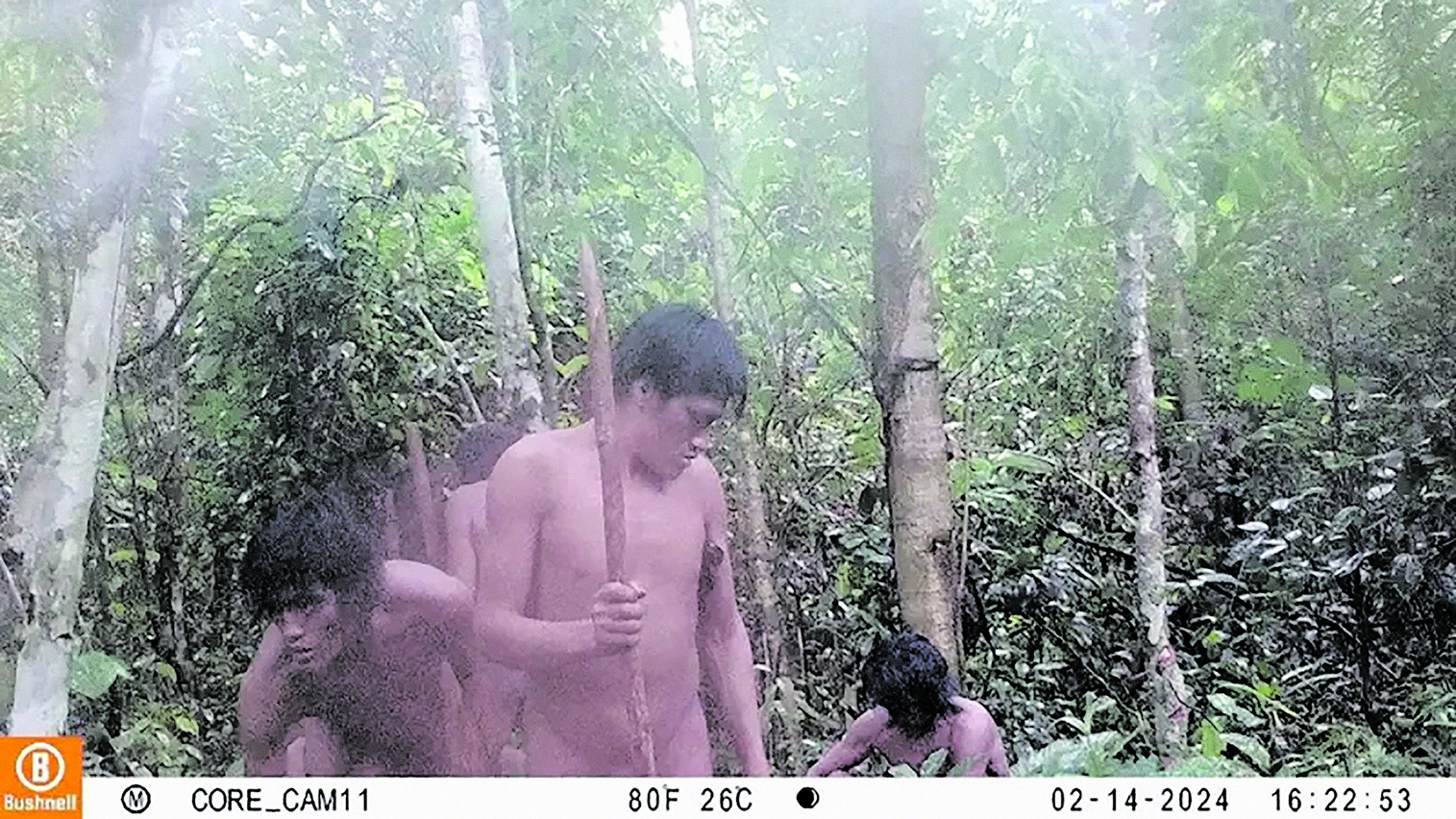
Você precisa fazer o login para publicar um comentário.